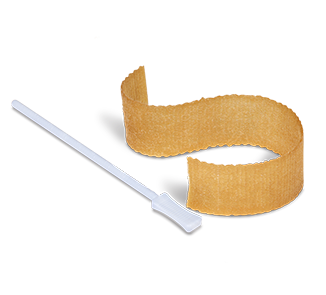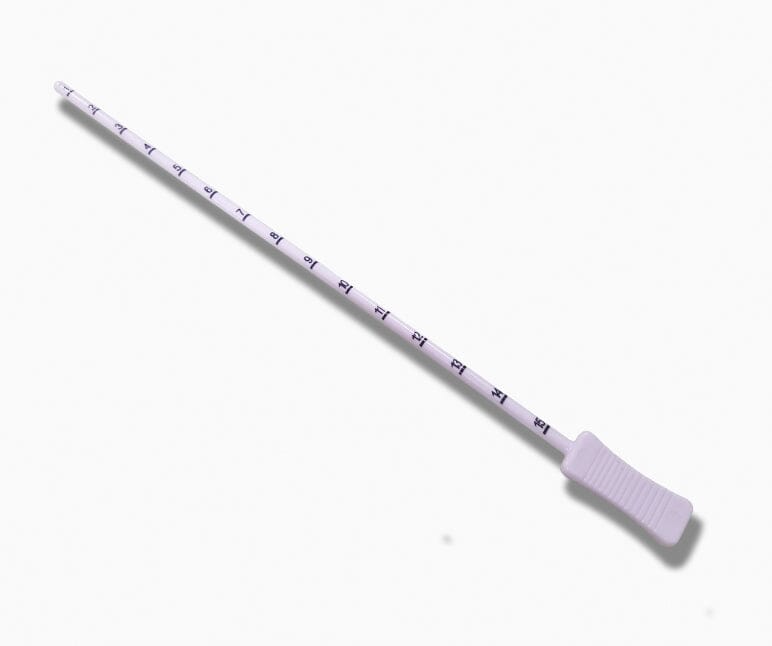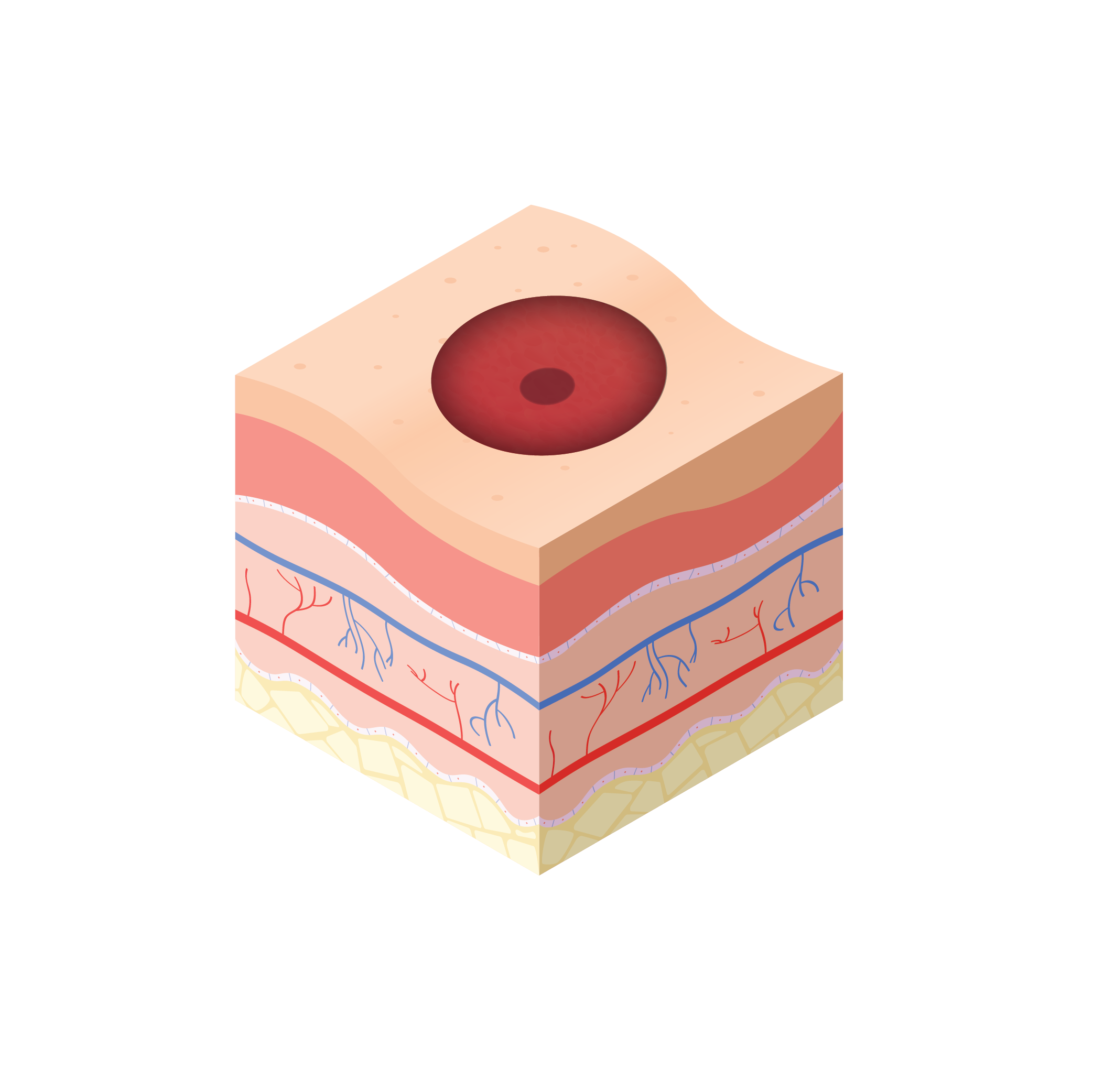
What is a Cavity Wound?
There is a lack of standardised definition for cavity wounds which can prevent the delivery of evidence-based care. Cavity wounds have been defined as ranging from a relatively shallow cavity wound of less than 2cm to wounds that are more than 2cm deep¹, deep wounds that expose underlying structures such as fascia, tendons, muscle and bone², and more recently a wound that extends beneath the dermis³.
The management of cavity wounds frequently pose a number of clinical and practical challenges to healthcare professionals. They often need debridement, in addition to biofilm, infection and exudate management. The hidden nature of some cavities can present practical challenges in terms of visualising and managing the wound bed, and documenting the wound’s condition, and may therefore require adaptation of the approaches used for non-cavity wounds⁴.
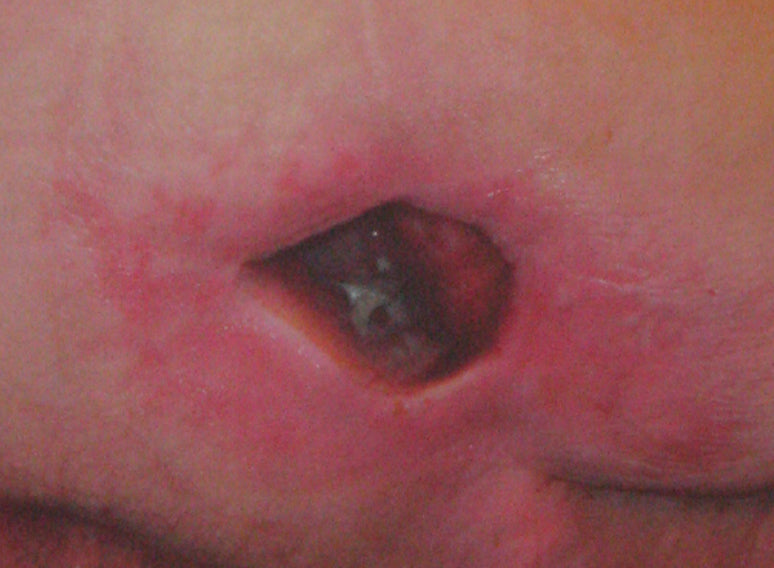
Treatment Aims
The aims of treatment for a cavity wound include wound debridement where applicable, maintaining a moist wound environment by ensuring dressing materials are absorbent and conform to the cavity contours, exudate management, periwound skin protection, pain free application and removal and prevention of infection⁵ ⁶ ⁷.
Products that treat Cavity Wounds
Wound Types
Select a wound type below to discover more...
-

Necrotic tissue is dead or devitalised non-viable tissue which impedes wound healing.
-

Slough refers to the yellow/white material in the wound bed.
-
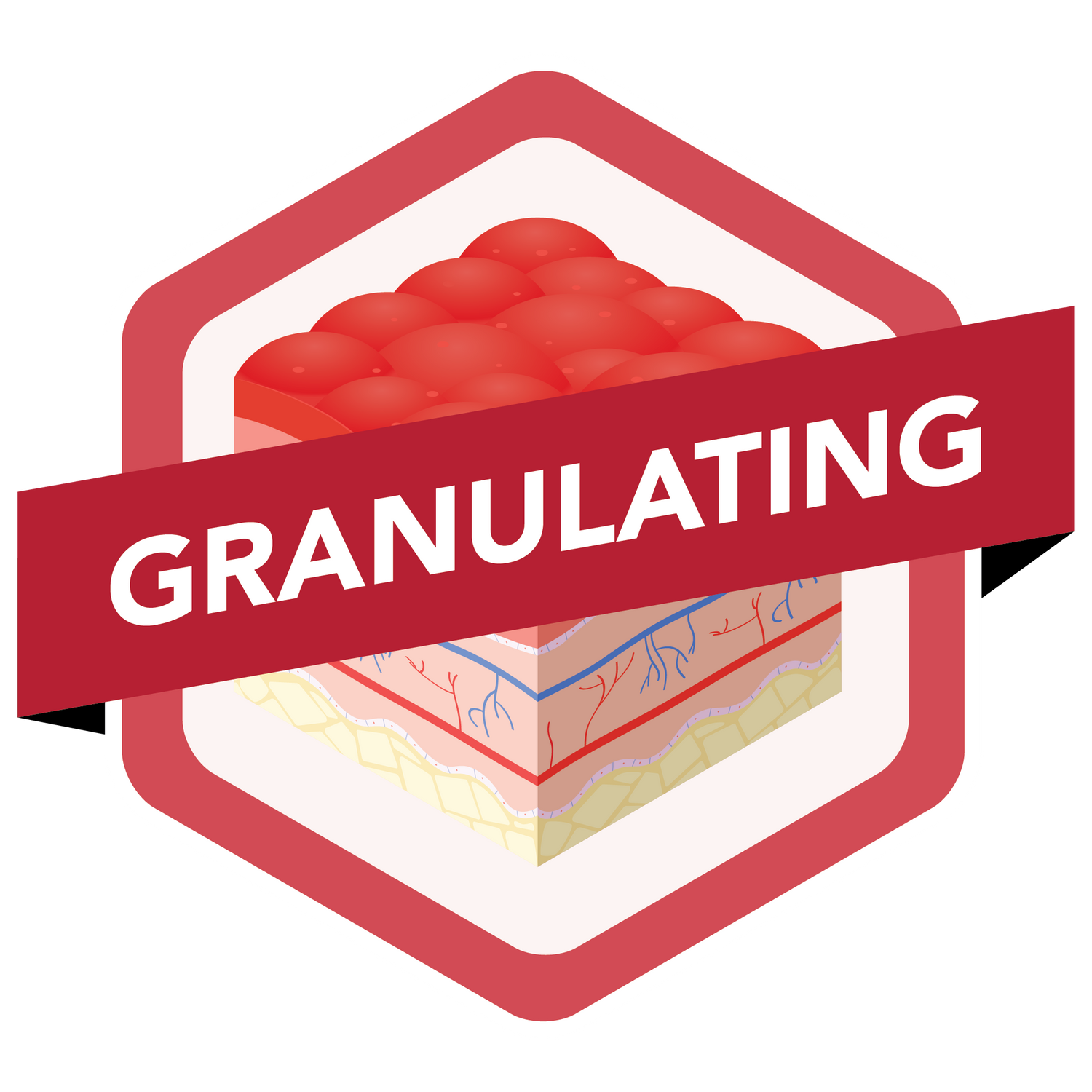
Granulation describes the appearance of the red, bumpy tissue in the wound bed as the wound heals.
-

Epithelialisation is the final stage of wound healing and is pink/white in colour.
-

A fungating wound develops when cancer that is growing under the skin breaks through the skin and creates a wound.
-

A scar may appear flat, lumpy, sunken, or coloured.
-

Infection can develop in any type of wound and is usually accompanied by pain, inflammation and swelling.
-
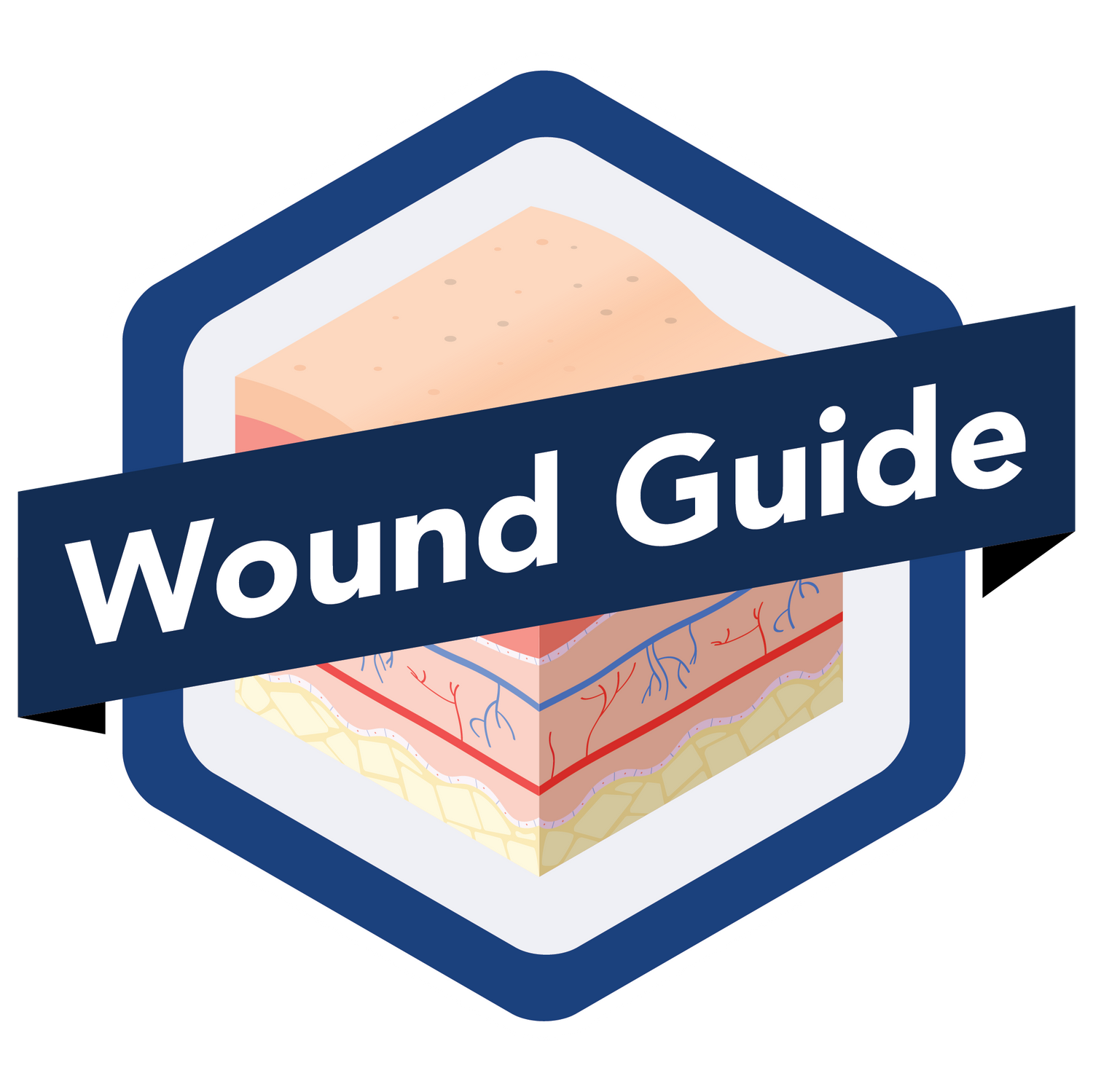
Return to the Wound Guide Information Page
References
1. Chaloner D, Poole M (1995) Cavity wound management in the community. Br J Nurs 4(10): 556–61
2. Williams C (1997) Treatment of cavity wounds. Practice Nursing 8(13): 31–33
3. Timmons J, Cooper P (2008) How to systemically assess a patient with a cavity wound. Wounds UK Supplement (4)2: 4–10
4. www.woundcare-today.com. (n.d.). Wound Care Today - Article: Addressing the challenges of cavity wounds in clinical practice - Wound Care Today. [online] Available at: https://www.woundcare-today.com/journals/issue/wound-care-today/article/addressing-challenges-cavity-wounds-clinical-practice [Accessed 27 Jun. 2022].
5. Cooper P (2006) How to probe a wound during assessment to help determine treatment options. Wound Essentials (1): 87–9
6. Timmons J, Dugid K, Pirie G et al (2008) The management of a patient with a cavity wound. Wounds UK Supplement (4)2: 11–18
7. Vowden K (2016) Defining, assessing and managing cavity wounds. Wounds UK 12(1): 18–23



